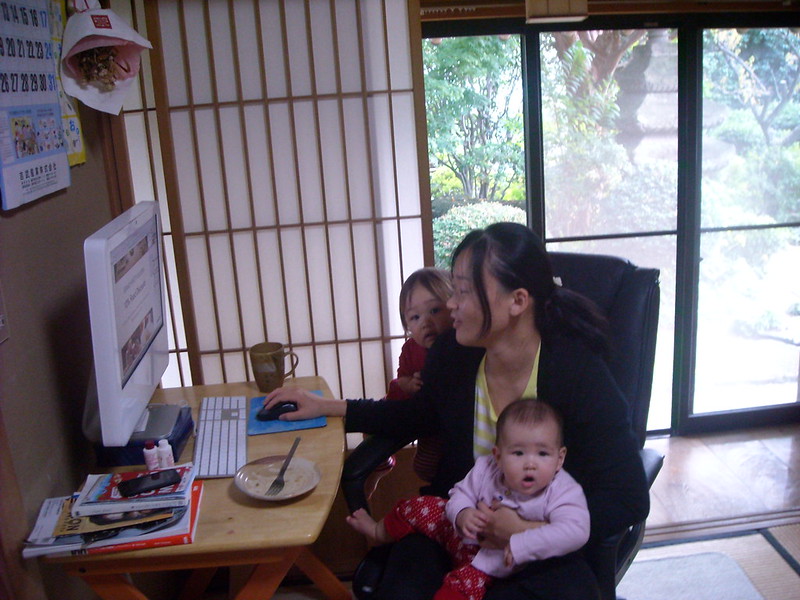When lawmakers across party lines can’t agree on putting money in the pockets of Americans facing hunger, poverty and eviction, a policy focused solely on compensating mothers will widen the divide across gender lines.

Last week, 50 prominent women placed a full-page paid ad in the New York Times calling attention to the issues that continue to disproportionately affect working mothers during this pandemic. The women, led by Reshma Saujani, founder of Girls who Code, are calling on President Biden to implement a “Marshall Plan for Moms”—a reference to the 1948 Marshall Plan, created after World War II, which fought against poverty and unemployment and aimed to create conditions for democratic institutions to survive.
“It’s time to put a dollar figure on our labor. Motherhood isn’t a favor and it’s not a luxury. It’s a job,” the Marshall Plan for Moms website states.
Additionally, Saujani’s December op-ed for The Hill calls for Biden to pay mothers $2,400 a month for their “unpaid labor“:
“Countless millions of women have been forced to cut their working hours, scale back their careers, or leave the workforce entirely in order to be full-time caregivers. … [A Marshall Plan for Moms] will give women the support they need so they can — eventually — get back to work.”
It is undeniable that working mothers are shouldering the brunt of the COVID-19 pandemic. However, currently, when lawmakers across party lines can’t agree on putting money in the pockets of Americans facing hunger, poverty and eviction, a policy focused solely on compensating mothers will widen the divide across gender lines. Instead, we need public investment in job creation to lead us out of this recession.
The only way to build back better and revive our economy is by getting women back to work. Therefore, we should deploy more resources for the safe reopening of our schools and continue to fund programs such as the paycheck protection program (PPP) to prevent further job losses in hard hit industries that employ more women and women of color. According to the Treasury Department, the PPP saved over 13 million American jobs.
A monthly stipend of $2,400 for female caregivers would only serve as a stop gap measure for lost income—not to mention the loss of retirement, social security and savings that women who have lost their jobs continue to rack up as long as they are out of the work force.
Working mothers are working the double-shift and they are doing so while earning 80 cents on the dollar (for white women; women of color make even less). The path toward gender equity and equal division of labor in the home has to start with paying women equally in the workplace and removing the barriers that keep women out of work. Without the full inclusion of women in our economy, we could wipe out an entire decade’s worth of progress with regards to gender equity and decimate middle-class income gains dependent on women’s labor force participation.
Economic recovery has to start with women, and it has to start with working mothers—by putting them back to work. A recent study estimates that increasing the female participation rate to that of men would raise the U.S. GDP by five percent. Women’s economic security and empowerment is not a gender issue—it is a policy priority that could improve the economic outlook of our entire country.

Today, caring for children in America is the leading cause of poverty. To solve this ongoing crisis, we need structural overhaul, affordable child care, and policies in place that will benefit all working parents and caregivers regardless of gender. We need to create high-paying jobs with flexibility to provide a better balance between work and family responsibilities.
The private sector must also commit to making the workplace more inclusive toward employees with caregiving responsibilities. We need a higher minimum wage, which would give over 11 million working families a raise and reduce child poverty. As a society, we should look at child rearing as a collective moral responsibility, not as an individual task.
On Jan. 14, President Biden introduced the American Rescue Plan, a $1.9 trillion package to revive the economy. The substantial proposal includes another round of cash payments, a 25-billion-dollar fund to assist child care providers, paid leave and a minimum wage increase to $15 per hour. The bill also proposes an increase to the fully refundable child tax credit for up to $3,000 per child and an expanded child care tax credit for up to $4,000 per child.
Bringing women back to work by making a public investment in job creation and passing legislation desperately needed for all working families is our greatest chance at reviving the American economy.
You may also like:





